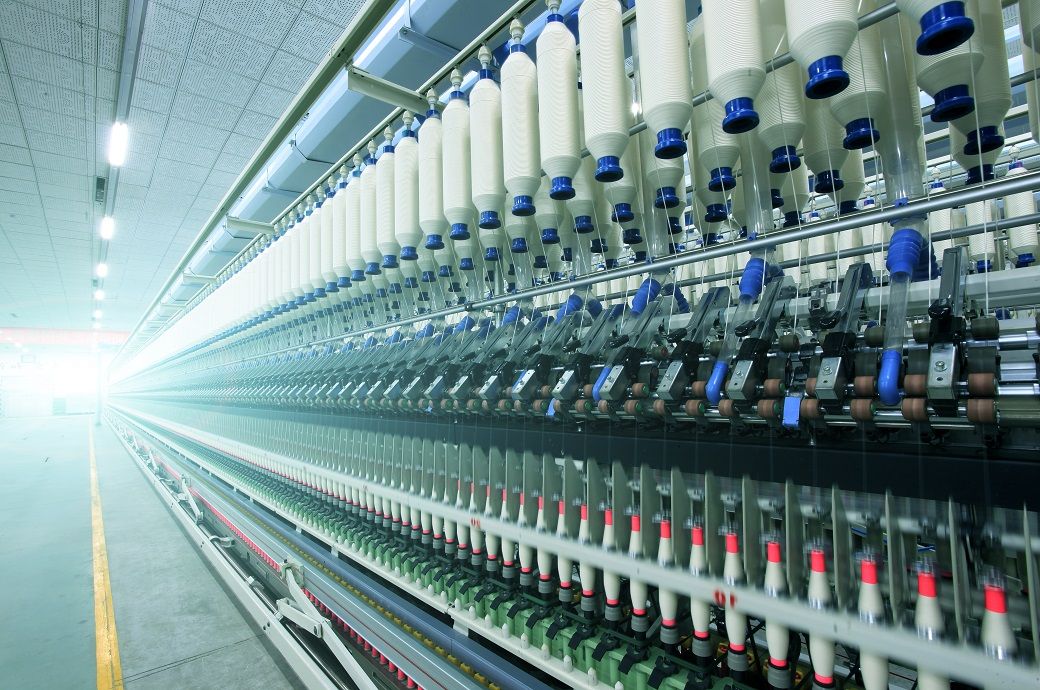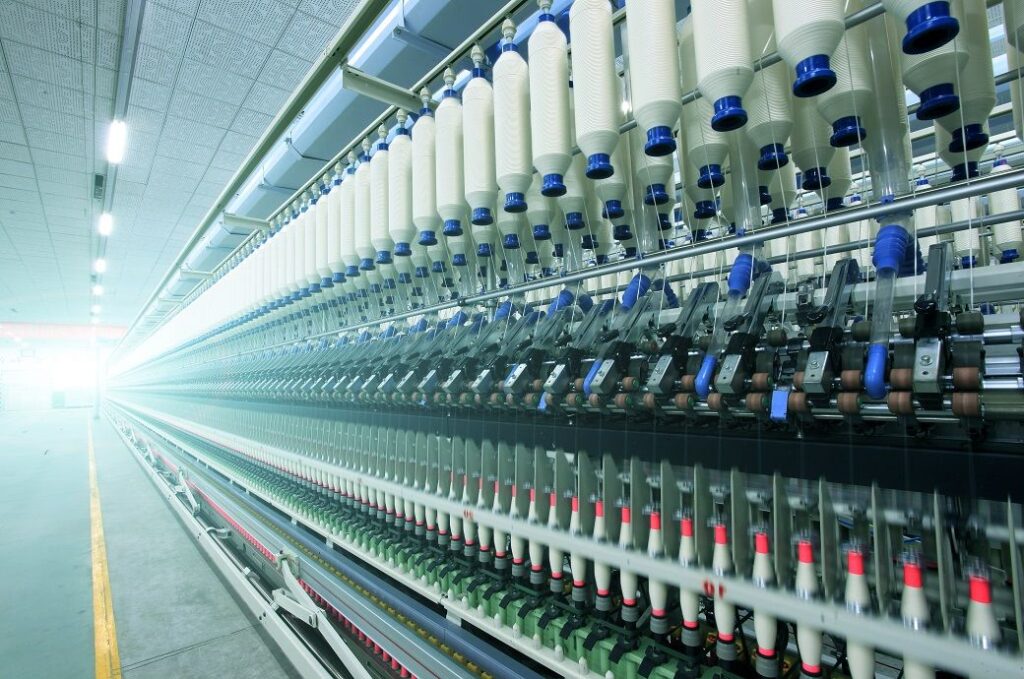
The index, an indicator tracking demand conditions, shortages, transportation costs, inventories and backlogs based on a monthly survey of 27,000 businesses, is produced by S&P Global Ratings and GEP.
Global supply chain activity was driven lower by a deterioration across Asia, which reported the greatest degree of spare capacity in almost a year-and-a-half.
The GEP global supply chain volatility index fell to minus 0.46 in May from minus 0.39 in April, indicating rising spare capacity across supply chains.
Global supply chain activity was driven lower by a deterioration across Asia, which reported the greatest degree of spare capacity in 18 months.
North American supply chains remain underutilised due to considerable weakness in Mexico and Canada.
The quantity of raw materials and components purchased by Asian factories weakened for the second consecutive month in May, signalling stronger retrenchment.
The index for Asia fell to minus 0.40, from minus 0.32, signalling that the region’s supply chains were the most underutilised since December 2023.
China was central to this region-wide decline during May, in which Chinese factories pulled back their purchasing.
North America’s supply chains remain underutilised due to considerable weakness in Mexico and Canada.
The index for North America rose to minus 0.24 from minus 0.34. In the United States, manufacturers continue to be underutilised, but they increased purchases of raw materials and commodities, bolstering inventories to protect against future higher prices or supply disruptions, a release from S&P Global Ratings said.
The index little changed in Europe since April (minus 0.29), down fractionally to minus 0.30. The European industrial sector edged closer to recovery, with activity at the region’s suppliers broadly level with April, which was the strongest for ten months. Manufacturers in the continent have been buoyed by recently announced fiscal stimulus measures, particularly in Germany.
The United Kingdom’s supply chains remain severely underutilised, with the country’s manufacturers retrenching aggressively again in May. The index there rose to minus 0.97 in May from April’s minus 1.12, but still at a level indicative of considerable slack across supply chains, indicating marked weakness across the UK manufacturing industry.
Global demand for raw materials, commodities and components remained subdued, with no improvement seen since April and therefore meaning it remains at its weakest in the year-to-date, a release from S&P Global Ratings said.
Procurement activity in Asia was down at its sharpest in nearly a year-and-a-half, driven by retrenchment among Chinese factories.
Global safety stockpiling reports remain historically low, primarily as a consequence of inventory strategies in Europe, with manufacturers across the continent continuing to favour lean warehouses.
This contrasts to the trend in North America, with safety stockpiling above its long-term average for a second successive month.
The global item shortages indicator, which tracks the availability of critical commodities, common inputs and components, remains below its long-term average, signalling robust global material supply levels. This metric implies that vendors have stock to meet orders from their customers.
Reports of backlogged work rising due to staff shortages ticked up slightly at the global level in May, but overall, they remain close to historically typical levels, indicating that suppliers’ workforce capacity remains sufficient to cope with current demand.
Fibre2Fashion News Desk (DS)

